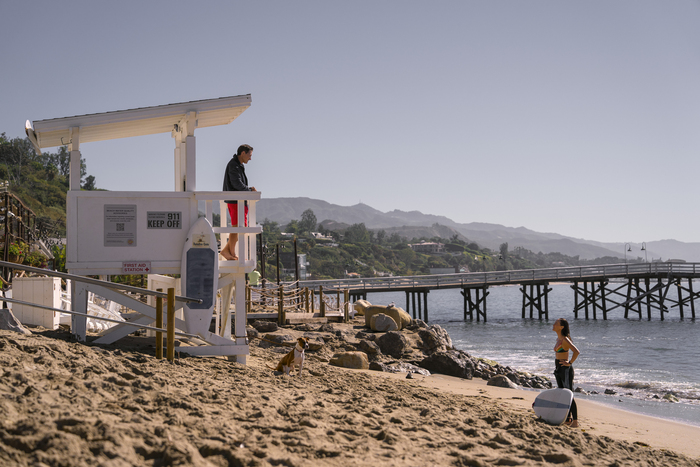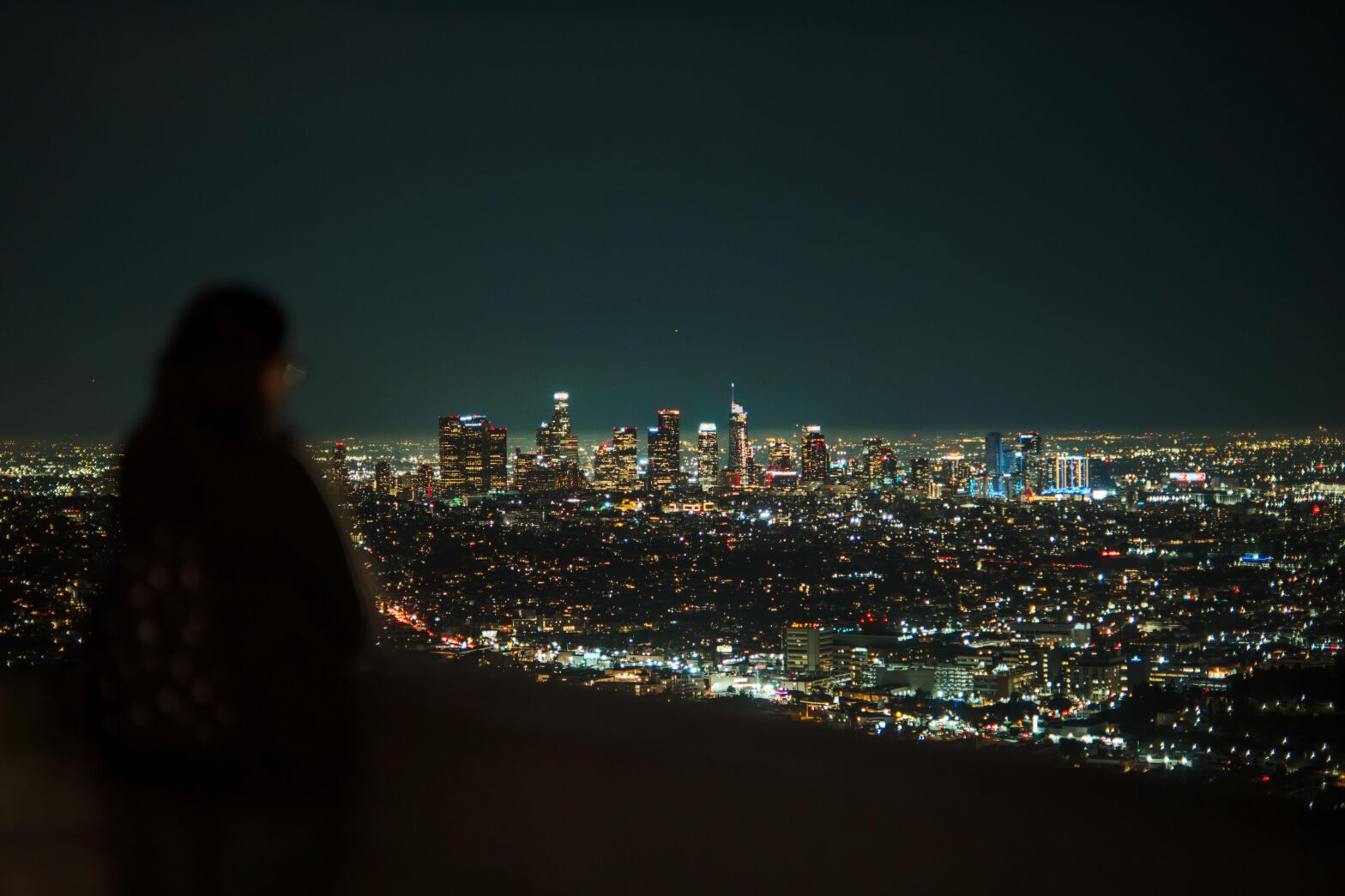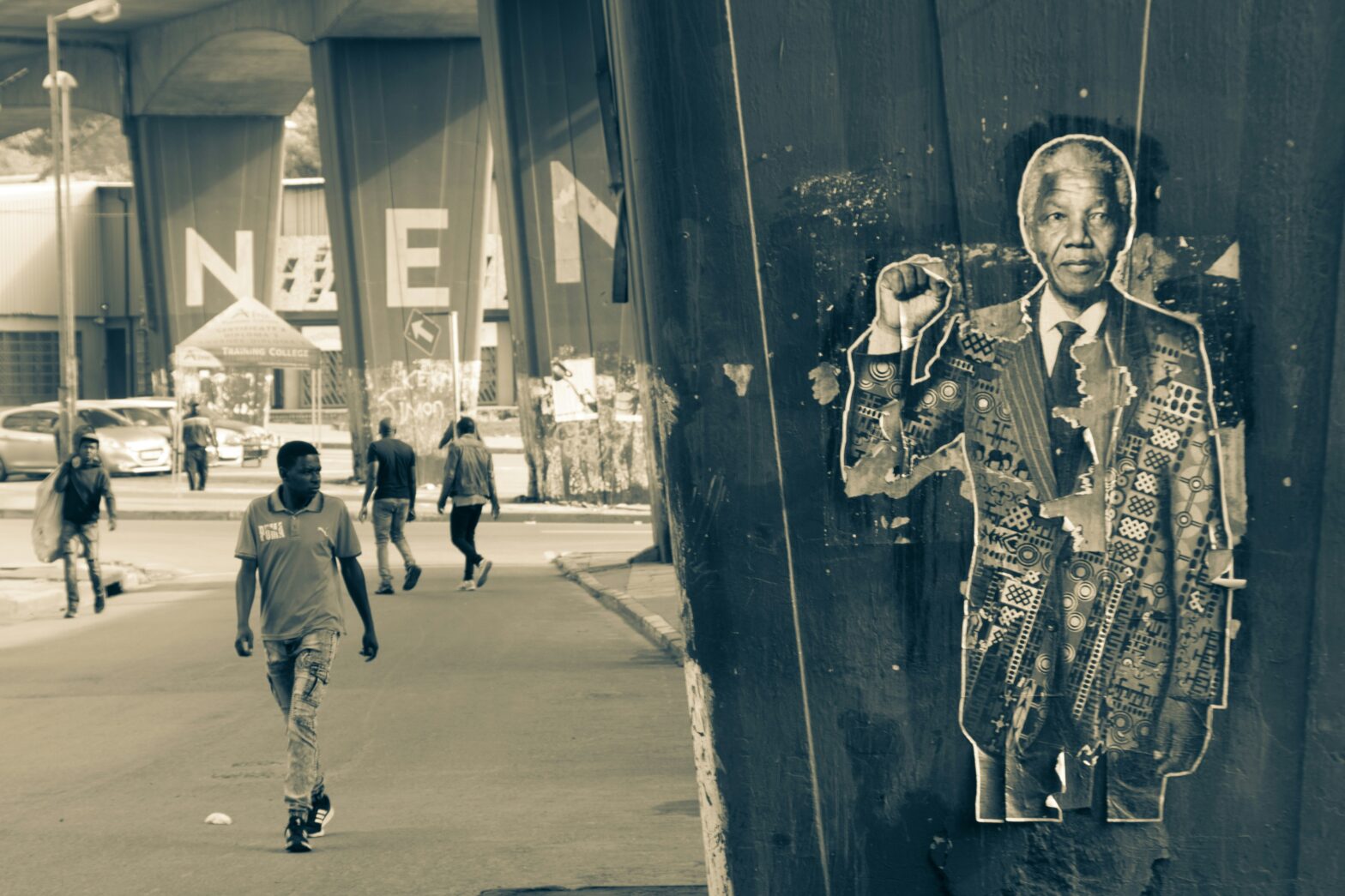June in South Africa means two things: the arrival of winter and Youth Month.
Prior to living in South Africa, I was aware of Apartheid, but I didn’t know the severity in which black South Africans were treated during that time. Apartheid ended on April 27th, 1994 and since then, Black South Africans have made enormous strides in pushing the history, culture, and economy in South Africa forward.
Although Apartheid has ended, the wounds are still fresh and instead of putting a band-aid over those wounds; South Africans are remembering their painful past and honoring their bright future through commemorations such as Youth Month.
For the entire month of June, Youth Month is celebrated with a specific focus on June 16th, which is known as Youth Day. This month is dedicated as a tribute to the school children who were killed during the June 16th, 1976 uprising in Soweto, Johannesburg.
This is a time where South Africans teach the youth of today about the youth that fought for them in the past so that they could have a better education and life.
During Apartheid, black South Africans were no longer allowed to speak their indigenous languages and instead were forced to speak Afrikaans (the language of white South Africans). Black high school students from the township of Soweto did not agree with the introduction of Afrikaans being the main language taught in schools and on the morning of June 16th, 1976, the Soweto Uprising began.
The protest was organized by the Soweto Student’s Representative Council’s (SSRC) Action Committee and they received support from both the Black Consciousness Movement and the teachers in Soweto.
Between 10, 000 to 20,000 black high school students walked to the Orlando Stadium in Soweto from their respective schools to protest against being forced to learn Afrikaans. These students only wanted the right to equal education from the Apartheid government and to have a peaceful march for their educational freedom.
Instead, they received violent treatment by the South African police, which resulted in many of the students losing their lives that day.
When the students gathered and began to march, they ran into a problem: the police had barricaded the road they were planning to march on. Another route was chosen and the students continued their walk until the police unleashed their dog to attack the students, who responded by killing the dog. This resulted in the police shooting at the students.
The youngest student to be killed was 13-year-old Hector Pieterson, whose photo became the symbol of the Soweto Uprising. Hector was on his way to meet his sister at her school when he got shot by the police. The shootings occurred until nightfall that day.
The government reports that only 23 students were killed, but it is estimated that up to 700 were killed with over a thousand people being wounded.
Images of the Soweto Uprising shocked the world. The photograph of a dying Hector Pieterson, which was taken by photojournalist Sam Nzima, outraged the world and brought attention to the Apartheid government.

Each year, there is a different theme for Youth Month. This year’s theme is “25 Years of Democracy: A Celebration of Youth Activism.”
Youth Month this year will launch at the Hector Pieterson Museum in Soweto on June 4th, 2019.





